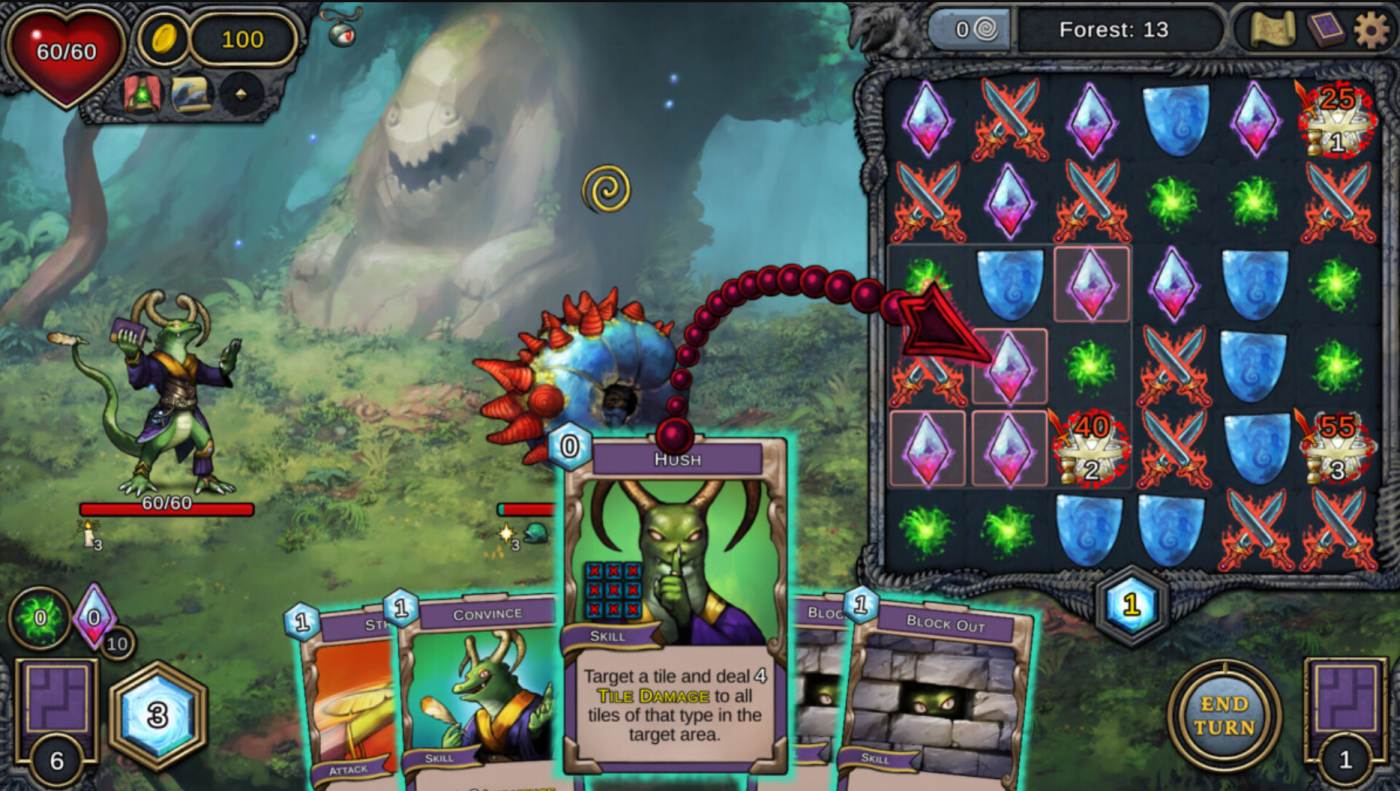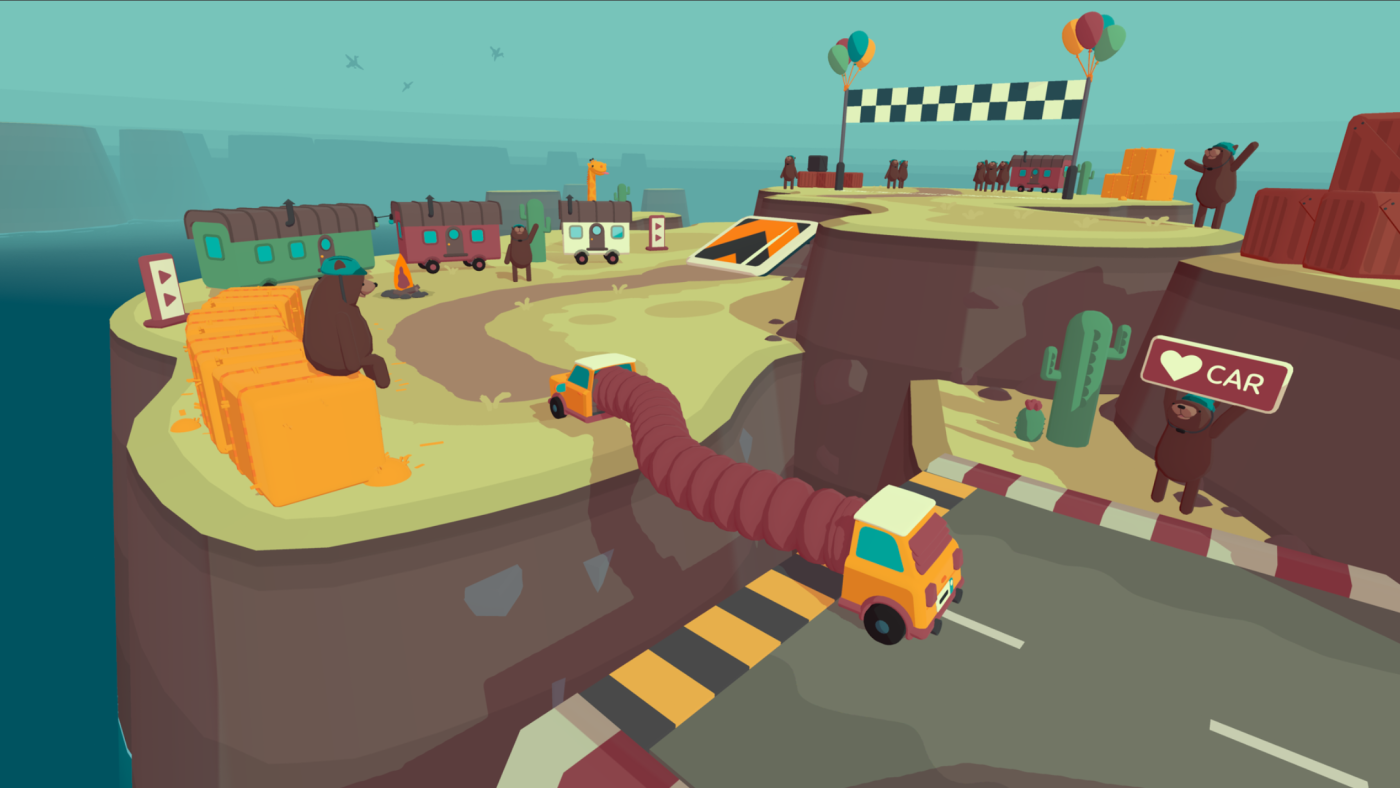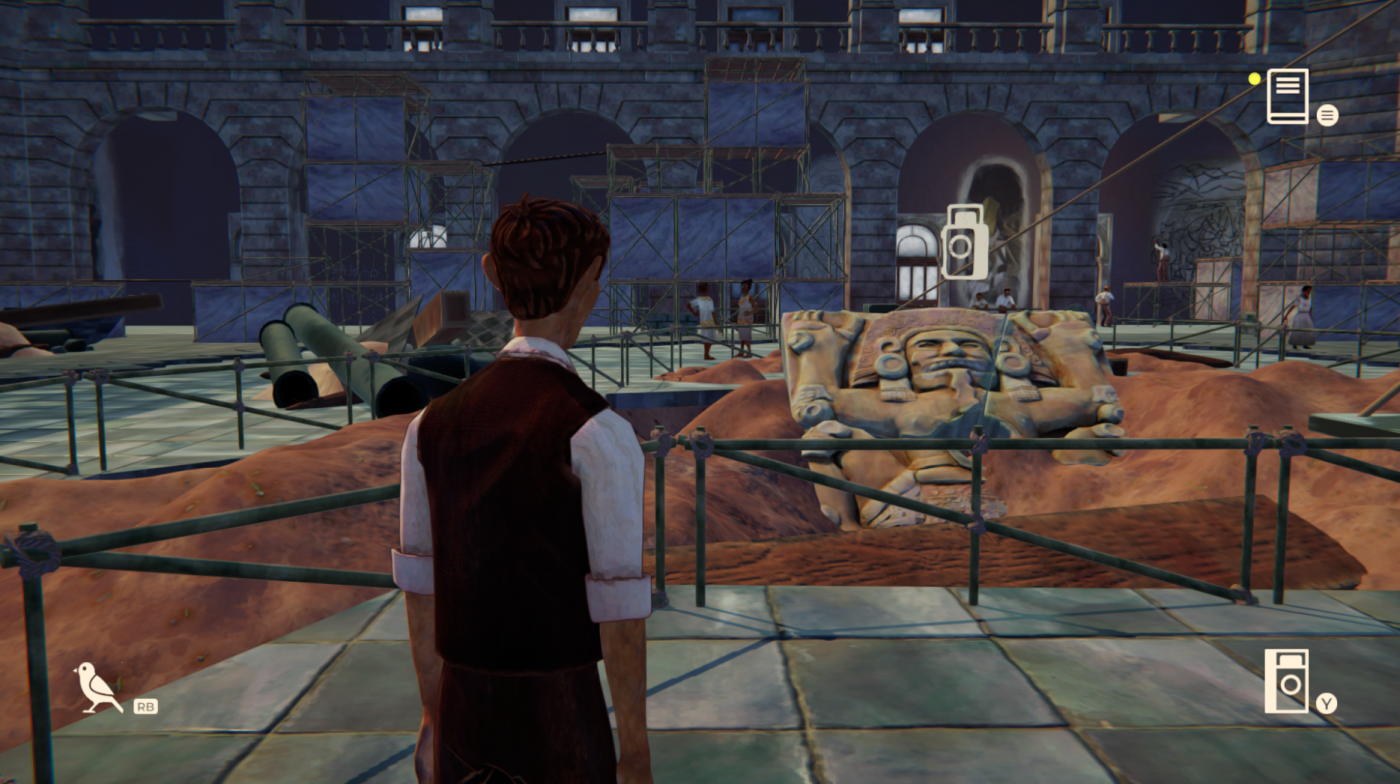What a wonderfully busy month of games we are having. Outside of the usual indies there have been a few big hitters too. With Warhammer 40k Space Marine II and Astro Bot leading the way. Yet here in Indie heaven we aren’t exactly being left behind as I have for you a whole host of cracking titles.

Demon’s Mirror
If you were to ask me my two favourite genres of games, it would have to be deck-builders and puzzle games. So when a game comes along that combines them both, you know I am interested. That is the case with the excellent Demon’s Mirror.
The deck-building is as basic as it comes, with you unlocking new cards as you play to build a deck that allows you to go on longer runs and build better synergies. You get the usual attacks, defence, buffs, etc but you also get cards that manipulate the puzzle grid in ways that can help or hinder.
If you’ve played games like Ironcast then the concept should be simple. You trace a line of matching icons through the grid, the chosen icons will then do damage, give you shield or have another effect. It all starts of nice and simple, but the further you go, the deeper the strategy.
As an example, the enemies will place icons on the grid that have a countdown timer, so that after x-turns it will do massive damage to you. You can counter this by drawing your path through said icon and reducing its damage by the number of the size of the path you made.
You can also use your cards to reduce the damage, of find ways of debuffing the effect and any other number of ways.
I am a good few hours deep into Demon’s Mirror now and still feel like I am learning the best strategies. Which for me is the sign of a good deck-builder like this. Each run whilst familiar does need a slight different approach depending on the RNG, but not enough that it feel completely random.
A fantastic little game that I highly recommend picking up.

WHAT THE CAR?
Silly and Stupid are two things that are very welcome in todays videogame market. Because with everything looking horrible in some spaces right now, it is a timely reminder of what a joy games can be. WHAT THE CAR? is the pure embodiment of that ethos.
If you’ve played WHAT THE GOLF? or WHAT THE BAT? then the silliness on offer here won’t come as a shock. Because as with those games, the title doesn’t exactly do as it says on the tin. This is as much about driving a car as a real East London Pie & Mash (with liquor) is about ancient Japanese art of the Edo Period.
Yes your goal is about getting a car from a start point to the finish line. However WHAT THE CAR? asks the age old question… “What is a car?” and “Why is a car?”
I don’t want to spoil any of the discory, but the various different ways the ‘car’ is made are utterly bonkers and so so silly. It is a game that brings a big massive grin every single second you are playing. But it isn’t just about the humour and randomness of it all.
WHAT THE CAR? works so well because there is a point to the game and a reason to continue playing, plus a reason to go back. At its core, this is a time-attack game, where you earn medals depending on how quick you get to the finish. Plus there are leaderboards to try and top.
How you get there is somewhat left up to you, as you try and take advantage of every possible thing you can to shave time. The best routes aren’t always obvious and the game rewards you for being experimental with your approach.
I wonderful example of that can be done when creativity is allowed to run free.

Mexico, 1921. A Deep Slumber
In stark contract to the previous games in this Round Up, Mexico, 1921. A Deep Slumber. Is a game that is full of emotion, intrigue, some really interesting story-telling and characters. One that was only vaguely on my radar until I played it.
I won’t spoil the story, just know it is set in a post revolution Mexico and follows the journey of photojournalist Juan Aguirre. I really don’t want to give away more than that because honestly I knew nothing going in and the story had me gripped throughout.
Whilst in the main the game is a simple third-person narrative adventure, it has some wonderful touches that stop it from veering into a Telltale style game, or even a walking sim. The photography mechanic is the real pull here.
Because of the early 1920s setting the technology is obviously very basic, but the way you set up and take photos feels very, very satisfying. Instead of holding up a digital camera like in many games, you have a simple box camera that you need to look down into, then use the small viewfinder to set up your shot.
It is only a simple change of perspective in all honesty, but it adds to the authenticity of things so well. There are other little mechanics too, such as having to find clues, listen into conversations and more as you go. But it all comes together really, really well.
Another area that Mexico, 1921. A Deep Slumber. stands out is with the art-style. It is something really unique looking, with characters sort of looking like puppets, but not moving or acting like so. These is almost a wood carving feel to things.
The facial features are somewhat over the top, yet never cartoonish or feeling out of place to the world or even the tone of the story. If anything they do a wonderful job of conveying the emotions of the characters in a way I don’t think would have been possible if they were toned down.
Speaking of the character art-styles. Each one you meet along the way feels unique and like they have a full backstory, even if you may only meet them briefly. No one person feels like they are a cookie-cutter model just to pad the world out. Which is to the developers credit.
The game camera is a strange vibe to it, which keeps you on edge. It has some interesting cuts when it needs to focus on certain things and the movement if never really still, nor the angles ever consistent. I mean that in a positive way. We aren’t talking overuse of Dutch Angles or anything, just slight adjustments that add to the overall atmosphere. It’s really something you need to feel yourself.
If I was being pedantic I would argue that the English voice acting is a bit off. So my recommendation is to have the audio in Spanish , with English subtitles. What does though lead me to the only major issue I have and that is the lack of accessibility options.
The subtitles are just too small to read and thus forced me to have English audio. I will often forgive lack of certain accesibility options in games, depending on size of studio and how difficult they can be to implement. But subtitle font size is so basic it should be as standard. Hopefully this is fixed in a patch.
That is the only downside of what is a wonderful package and for me the biggest surprise of 2024. Pick it up as soon as you can, because I would love more games like this!

